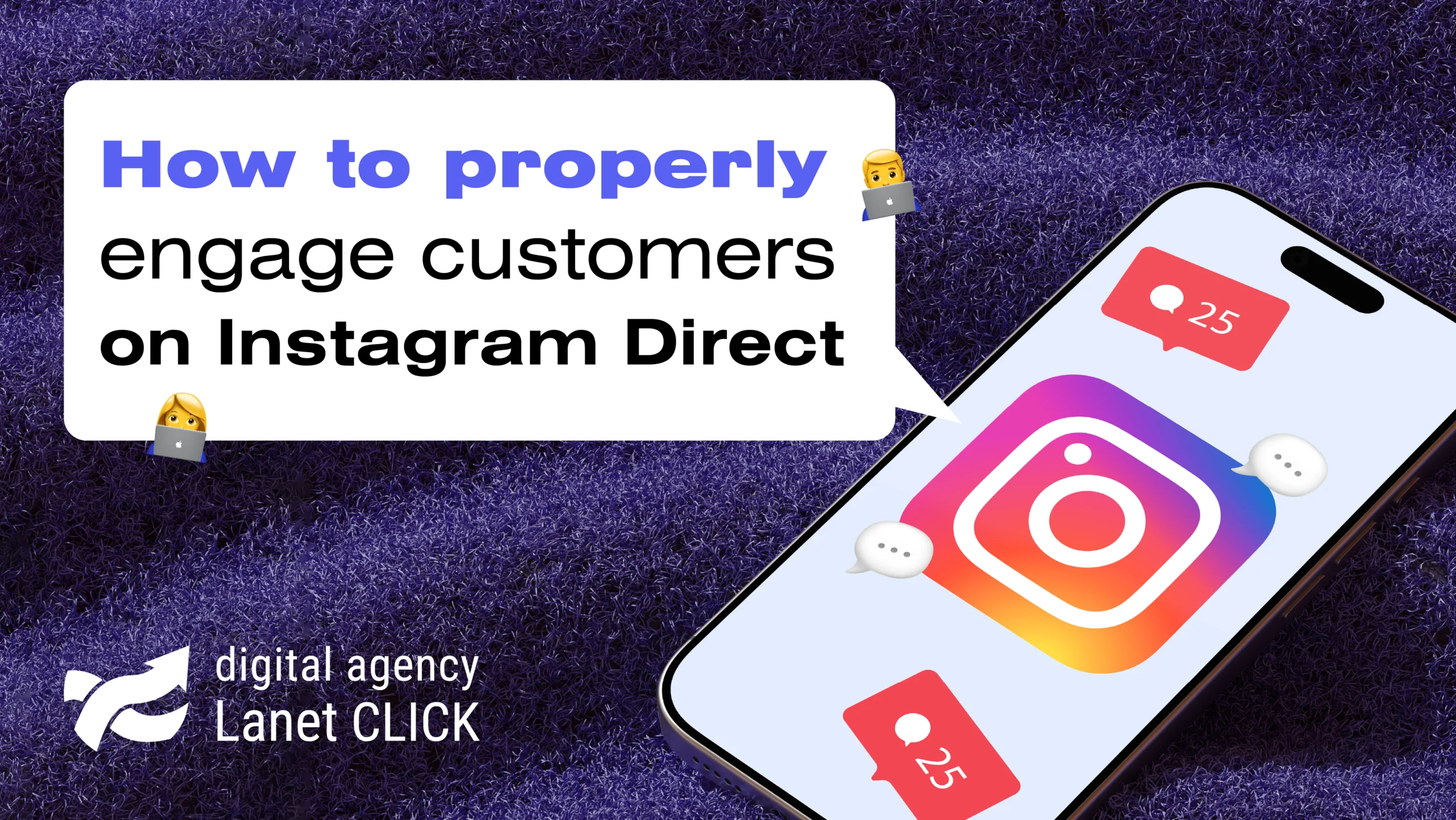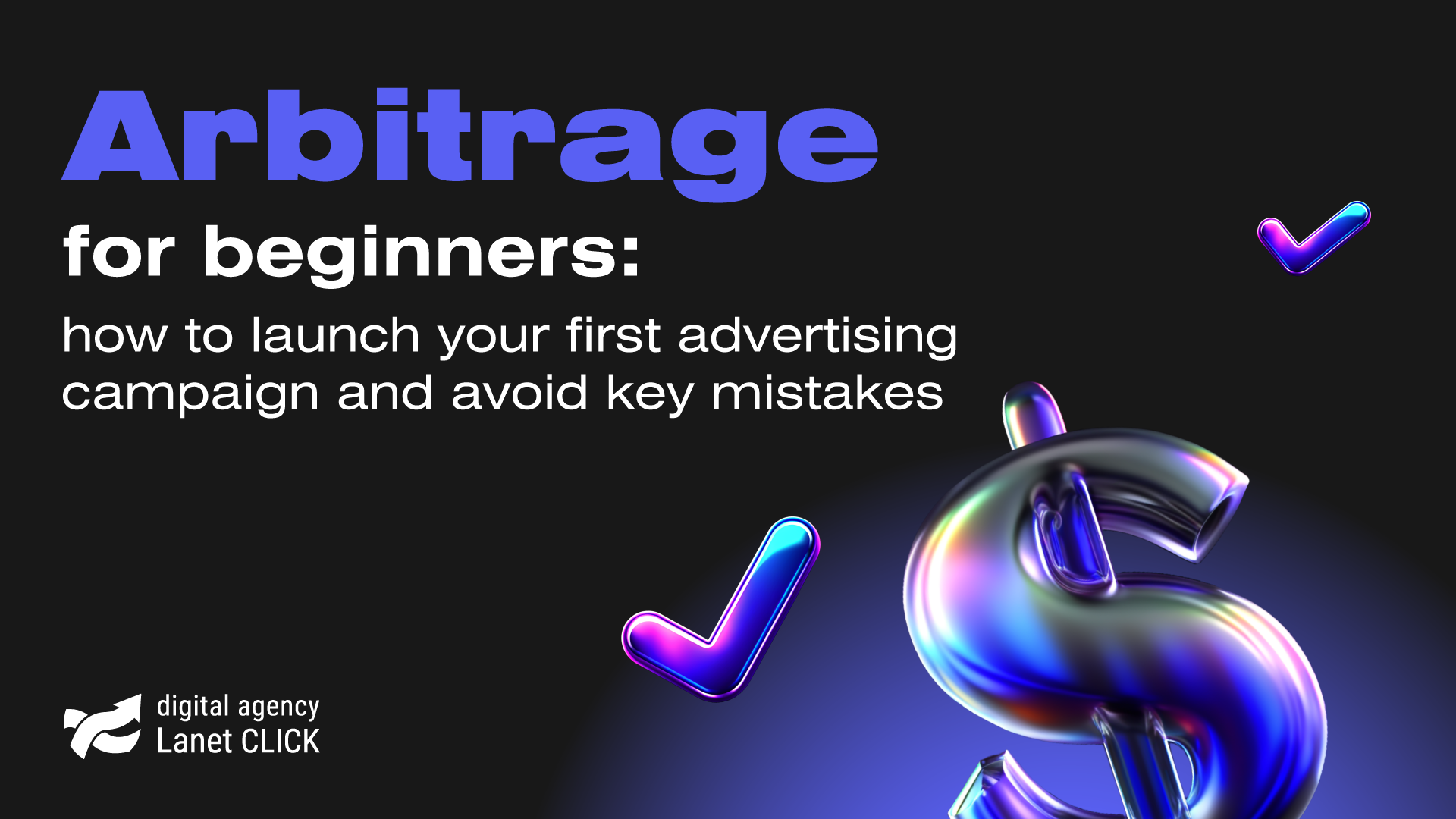
How to properly engage customers on Instagram Direct
Instagram Direct is an opportunity for businesses to build direct communication with customers, which many use for clarifications before making […]


If you blog on the site not only for image purposes but also for promotion on the Internet, you need to pay due attention to the structure of the text and headings.
Headings allow you to structure the text and break it into logical blocks. And HTML tags H1-H6 are a tool for structuring text when placing it on a site. Headings come in different levels, from the main H1 to the lowest level, H6, and they use the appropriate tags for the level.How tags are formatted (examples):
Here <H1> and <H2> are opening tags, and </H1> and </H2> are closing tags. All other headers are marked in the same way.H1-H3 HTML headings are usually used for medium-sized articles, and H5-H6 lower-level headings are used already for long articles with a deep disclosure of the topic.
Headings in the text help the user quickly understand what the text is about, and it saves him time.
Title tags make it easier for search robots to analyze the structure of content, match text to titles, check its quality and relevance to a search query. Thus, competent HTML markup of the text helps the site to rank higher in the search results and indirectly increases search traffic.

SEO of the text provides for the design of headings in a certain way. Use the guidelines below to mark up articles on your site.
Each lower-level heading is a constituent part of a higher-level heading. The H1 tag is used only for the main heading, that is, the title of the article, and the H2 tag is already part of the H1, and so on. Therefore, when marking up the text, follow its logic, highlighting topics with headings of higher levels and subtopics with headings of lower levels.
There are no clear length requirements, but SEO experts recommend making them shorter – up to 7 words (50-60 characters) so that the title text fits on one line. Such headlines are better perceived visually.
If possible, use keywords in titles. In the H1 heading, use a relevant search term and place keywords at the beginning of the sentence if it is long. The rest of the headings are not so important, and you can embed diluted keywords in them.
Headings help you navigate the content of the page, so their font should match their level. The largest font should be at H1 and the smallest at H6. Then the user will understand the logic of the article and its semantic load.
It is a very important parameter. All H1 headers must be unique with respect to each other, that is, not repeated on the site, and include a key query for the page.
According to the goals of SEO, extra tags in titles are undesirable because they make it difficult for search robots to analyze the text. And also increase the risk of errors with the removal of technical information in the title.
Particular attention should be paid to the H1 tag because its content, when the page is opened, acts as the site title and is displayed in the browser tab. We list the optimization parameters for this header:
Parameters to pay attention to:
Requirements for length, content and relevance to content – similar to H1.
What to pay attention to:

To successfully drive traffic to your site, avoid these:
To check the correctness of the headings on the page, there are special online services.
Programs that are installed on a PC have wide functionality and are used by SEO professionals for a number of other tasks as well. Most popular: Screaming Frog, SiteAnalyzer.
Often, they allow you to check the titles on one page and the meta tags on the entire site. Of these, we recommend Netpeak Spider.
Extensions usually allow you to work with a specific page. Of the extensions, we recommend SEO META in 1 CLICK, which displays titles, meta tags, and alts.
Use the HTML markup of H1-H6 headings correctly to get readable, informative texts, improve site performance, and positively influence rankings.

Instagram Direct is an opportunity for businesses to build direct communication with customers, which many use for clarifications before making […]

User-generated content has become an effective digital marketing tool for increasing user engagement, building a loyal audience, and advancing search […]

Traffic arbitrage has become one of the most popular ways to make money online, attracting both experienced marketers and beginners. […]
A good strategy, perfectly selected digital tools, and their effective application will allow the business to increase profits, grow the customer base, and form recognition and loyalty. Do you want something like that? Contact us.
You have taken the first step towards effective online marketing. Our managers will contact you and consult you soon.